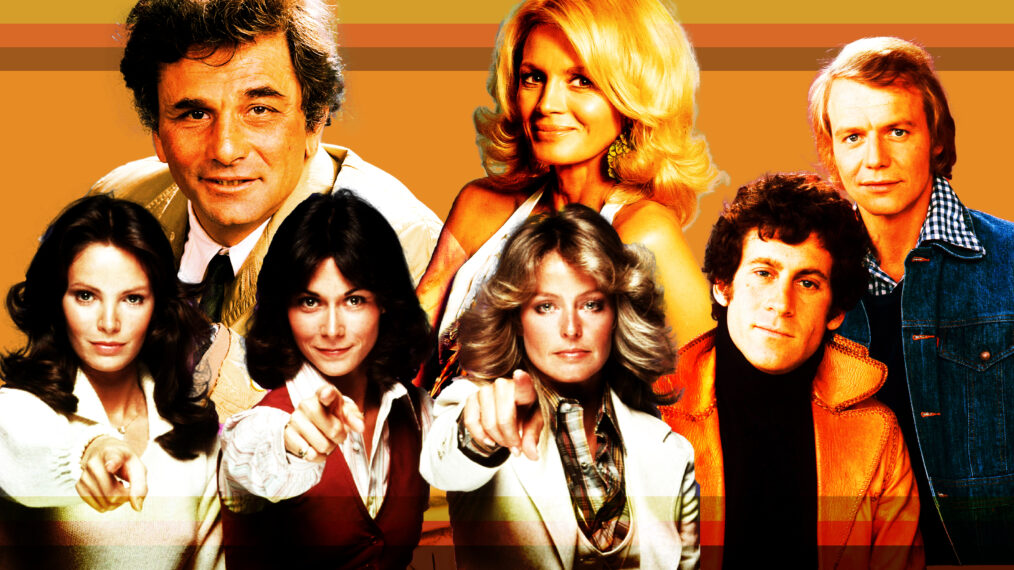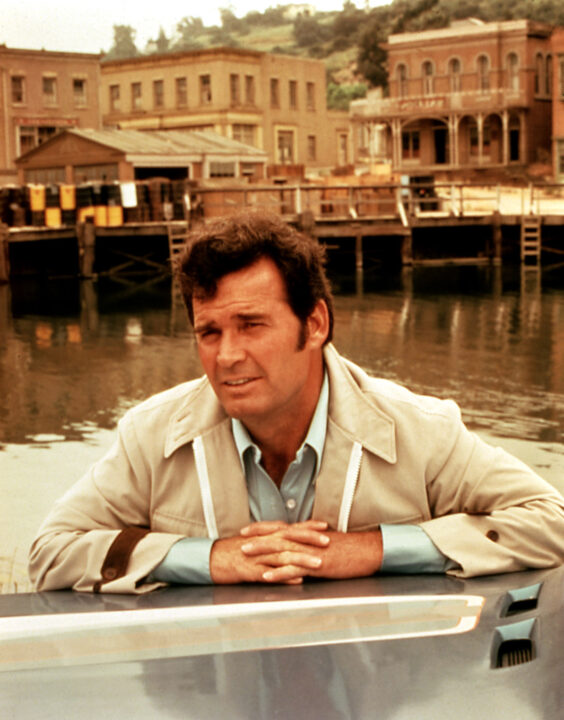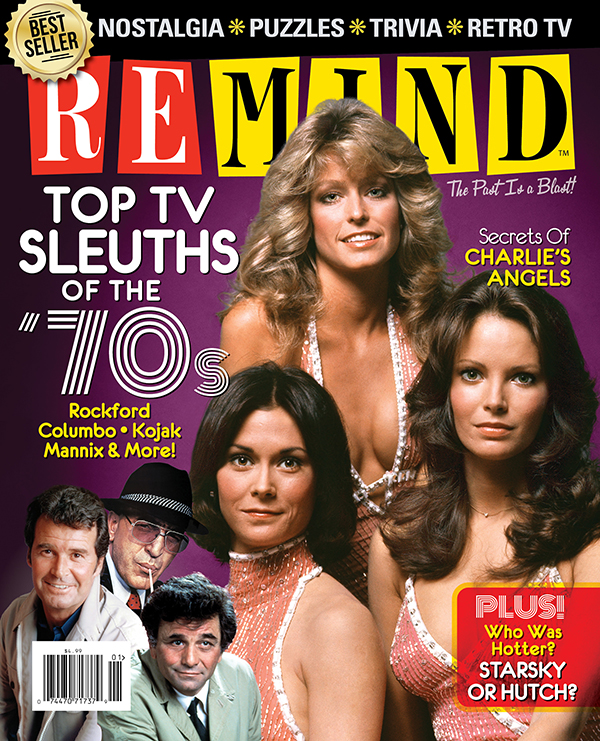’70s Super Sleuths: What Made These Guys & Gals The Best TV Cops & Detectives

“Just the facts, ma’am”?
How boring! By the 1970s, that seemed way too old-school a method for solving crime on TV. Jack Webb’s gruff, all-business Joe Friday retired his Dragnet badge in 1970, perhaps anticipating a decade that would be dominated by larger-than-life detectives and colorful private eyes. They kept the peace and won the day through a combination of quirky personality and bold attitude, reflecting changing times yet somehow remaining timeless in our affections.

The detective mystery was to the ’70s what Westerns were in TV’s earlier decades: the dominant form of hourlong entertainment. They were so plentiful that some networks had to create “mystery wheels” (in which programs rotated in the same time slot) to contain them all.
Some of these heroes have been lost to memory — only a diehard buff would remember single-season upstarts like Bronk (Jack Palance), Delvecchio (Judd Hirsch) and Kodiak (Clint Walker), who all somehow failed to become household names.
But Columbo, Kojak, Rockford, McCloud, Mannix, Quincy? These are among TV’s most unforgettable icons. And lest you think it was only a boys’ club, we’ll never forget Police Woman’s Pepper Anderson (Angie Dickinson) and those glamorously trendsetting Charlie’s angels.
Sure, the guys typically didn’t have to masquerade in outlandish, often titillating, costumes, but no one can say these ladies didn’t get the job done.
“Just one more thing …”

Some of these characters didn’t even require a first name, most notably the LAPD’s rumpled Lt. Columbo, whose wily catchphrase disarmed murderers and TV audiences alike. Shrewder than he appeared (adversaries tended to dismiss him as a bumbling bum until he lowered the boom with the panache of Poirot), Columbo was the gold standard of 1970s TV detectives, and Peter Falk won four Emmys for the role. (It’s impossible to picture anyone else playing the part, including Bing Crosby, who producers originally sought but reportedly couldn’t budge from his golf game.)
“Who loves ya, baby?”
Who didn’t love Telly Savalas as Kojak, embodying the grit, toughness and heart of an embattled ’70s New York City? The tough-talking lieutenant (first name Theo) had a penchant for lollipops, but he was no sucker. Because of his reputation for bending the rules, his very growl and glare could turn street punks into quivering jelly. Like Falk upon donning Columbo’s raincoat, Kojak made Savalas an instant star, winning an Emmy and becoming an unexpected sex symbol after years of toiling in the ranks of character-actor heavies.
For many actors, these choice roles represented a second blast of TV stardom. Having ruled the courtroom in the ’50s and ’60s as Perry Mason, Raymond Burr became Ironside, aiding the police from his wheelchair. The avuncular Buddy Ebsen turned from Beverly Hillbillies slapstick to almost as long a run as homespun private eye Barnaby Jones. Likewise, after a successful tour as The Odd Couple’s sloppy Oscar Madison, Jack Klugman made a new name for himself by solving medical mysteries as the autocratic Quincy, M.E.

It didn’t always take. There was no bonanza for Lorne Greene as the titular police captain turned L.A. private eye in Griff, which lasted only 13 episodes in 1973. But when another seasoned Western star, former Maverick James Garner, returned to TV as the unorthodox Jim Rockford of The Rockford Files, a star was reborn.
The flip side of the suave, unflappable TV sleuth, and a far cry from bare-knuckled brawlers like Mike Connors’ Mannix, Rockford was an exonerated ex-con who lived in a beachside trailer, drove a Pontiac Firebird and regularly took his lumps at the hands of violent crooks, though he did his best to avoid fights and guns. Where most private eyes ran hot, Rockford was the ultimate in cool, and Garner’s wry charisma earned him an Emmy.

As a cowboy in the Big Apple, Dennis Weaver’s McCloud seemed more accustomed to the open range than Manhattan’s mean streets, making him a terrifically entertaining fish out of water. On the opposite coast, roaming the streets of fictional Bay City in a roaring Gran Torino, Starsky and Hutch (Paul Michael Glaser and David Soul) defined the ’70s hip youth culture less self-consciously than ’60s relic The Mod Squad. In the real Bay Area, The Streets of San Francisco smartly bridged generations, pairing veteran actor Karl Malden as Lt. Mike Stone with rising star Michael Douglas as Inspector Steve Keller.

The pop-cultural impact of these shows and characters is so powerful that new generations are compelled to rediscover them, sometimes on the big screen — Drew Barrymore, Cameron Diaz and Lucy Liu in a much more successful Charlie’s Angels than the misbegotten 2011 TV remake, and Ben Stiller and Owen Wilson in 2004’s Starsky & Hutch. USA Network’s attempt to reinvent Kojak with Ving Rhames lasted only nine episodes in 2005. But CBS’ update of Hawaii Five-O, which ran through the 1970s in its original incarnation, is currently in its eighth season.
Thankfully, multiple attempts to redo The Rockford Files have stalled, hopefully for good. And though Columbo did spawn a brief Mrs. Columbo spinoff, no one has yet tried to usurp the indelible Peter Falk.
You don’t have to be a brilliant detective to know you sometimes can’t improve on a classic.

Top TV Sleuths of the '70s
It's no mystery that TV detectives ruled the airwaves in the 1970s.
Buy This Issue